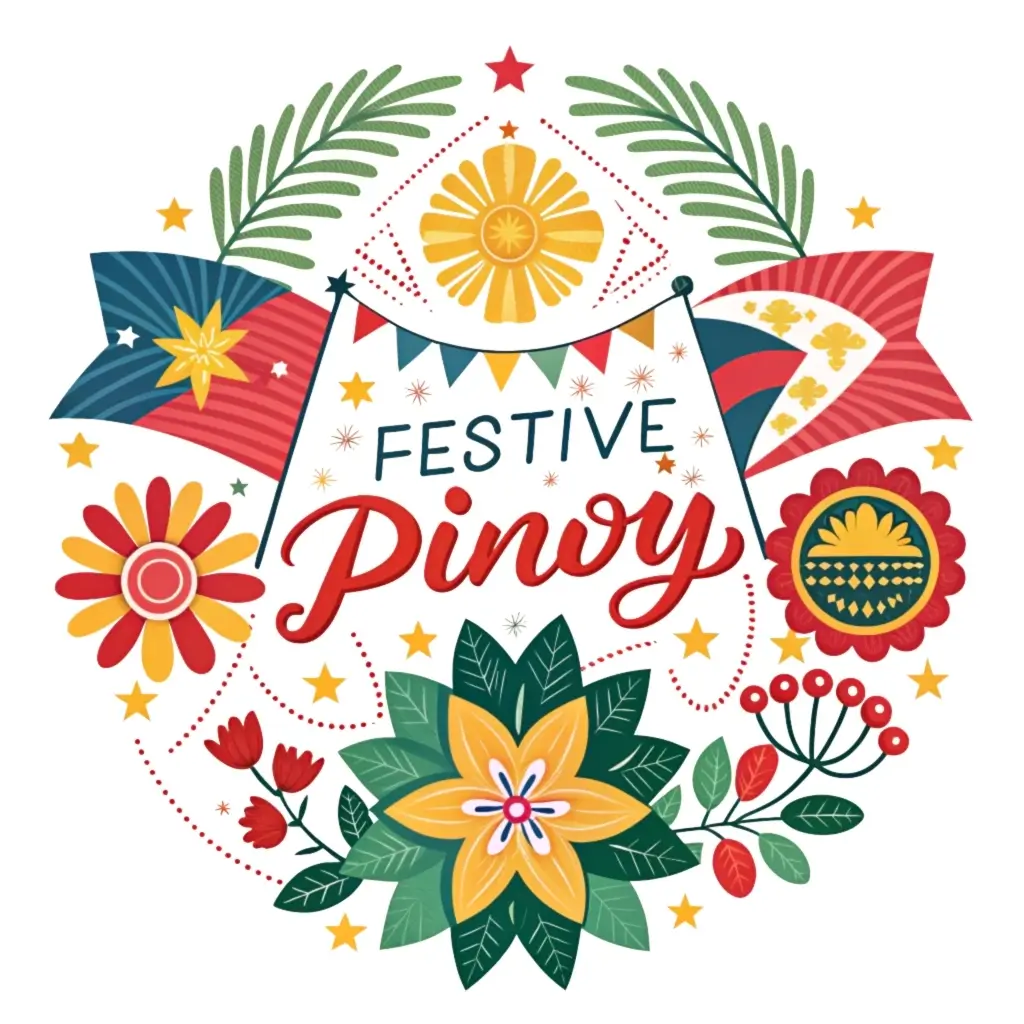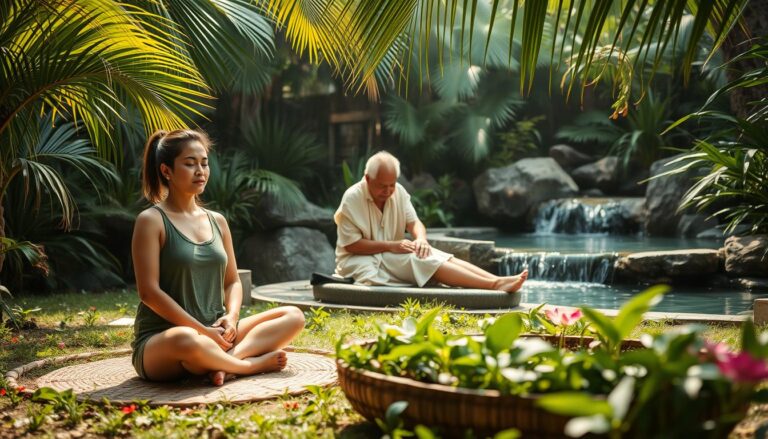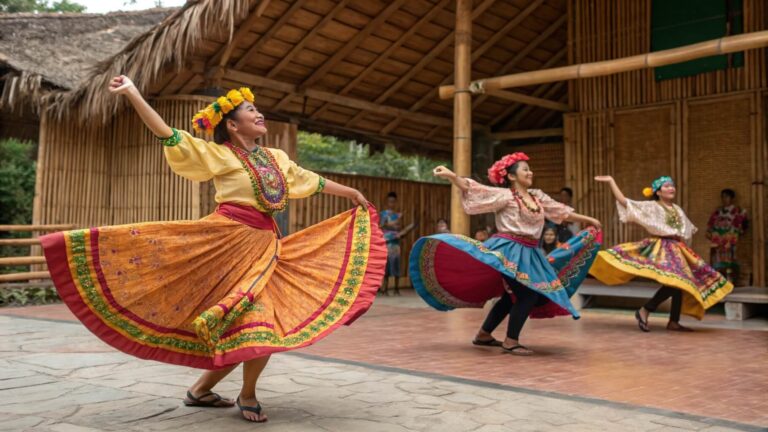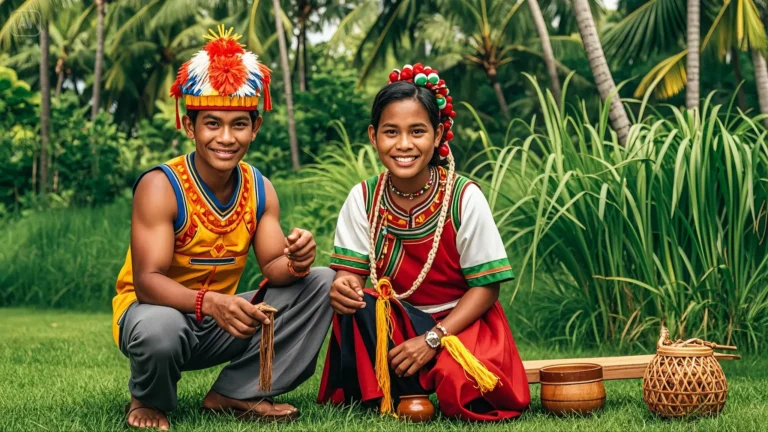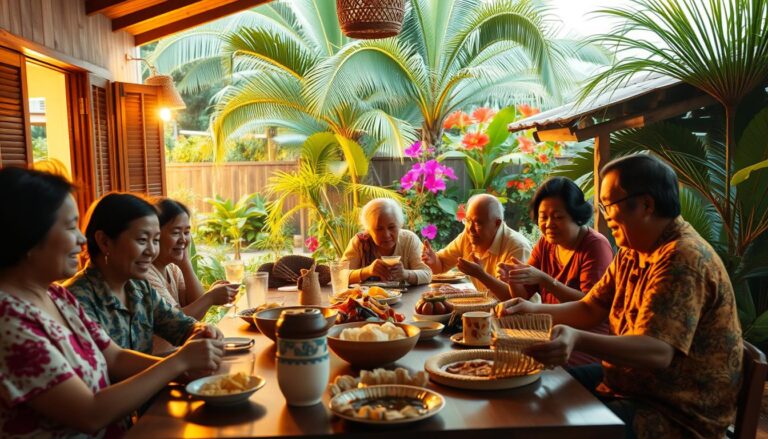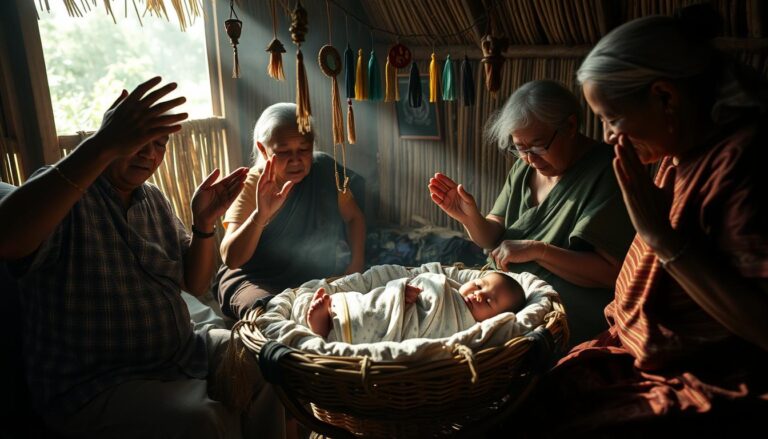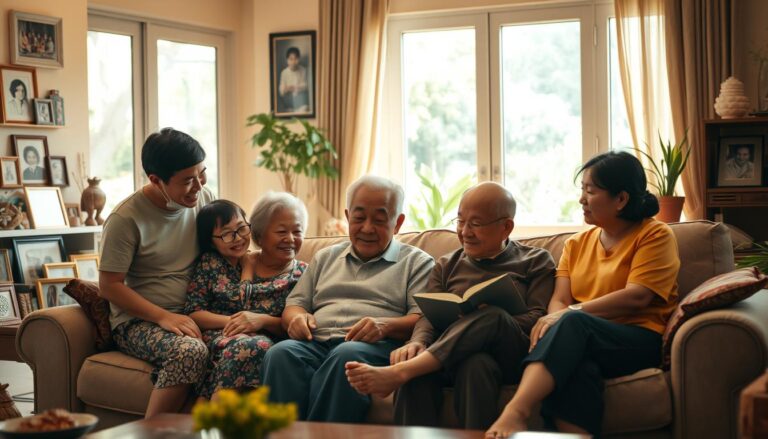Filipino Ancestral Health Practices for Modern Wellness
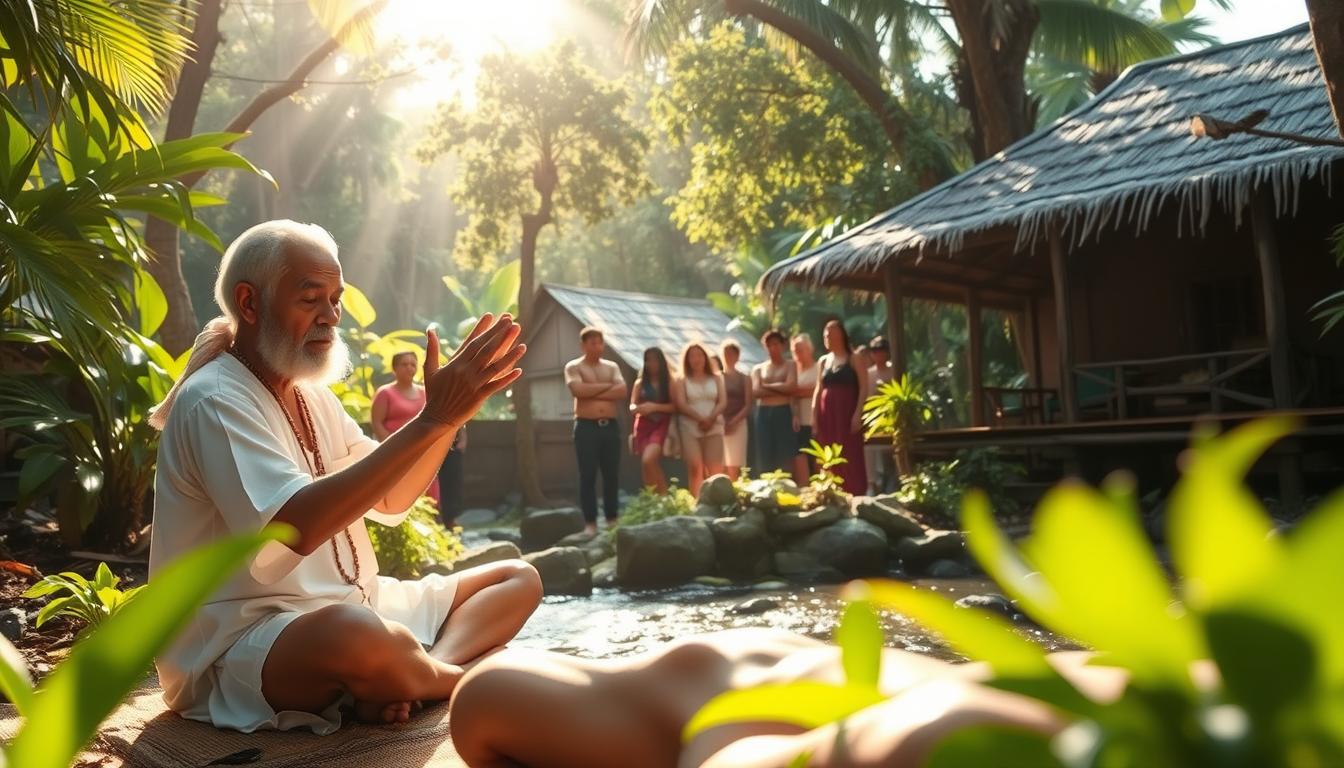
Long before modern medicine, communities relied on nature-based solutions to address physical and spiritual needs. Centuries-old traditions from Southeast Asia offer a unique perspective on holistic care, blending bodywork, herbal knowledge, and energy alignment. These methods survived colonial influences through oral traditions and dedicated practitioners.
Historical records show healers called babaylans served as multi-dimensional caregivers. They combined medicinal plant expertise with spiritual rituals, creating personalized approaches to wellness. Today, techniques like Hilot massage (targeting muscle tension) and Ventosa cupping (improving circulation) remain popular for their dual focus on physical relief and emotional balance.
Over 1,500 native plants form the backbone of this natural pharmacy. The Philippines’ Department of Health recognizes 10 key botanicals in official health programs. Rural areas particularly benefit from this synergy, where traditional and modern systems coexist to serve diverse needs.
Key Takeaways
- Holistic methods address body, mind, and spirit simultaneously
- Historical healers preserved knowledge through generations
- Over 1,500 plants used in natural remedies
- Techniques like massage and cupping bridge ancient/modern care
- Government-endorsed botanicals support mainstream health initiatives
- Community rituals strengthen collective wellness approaches
Discovering the Roots of Filipino Healing Traditions
Centuries-old wellness systems emerged from a profound connection between land and community. Pre-colonial societies viewed the body as an ecosystem requiring harmony with nature. This philosophy shaped rituals blending herbal knowledge, energy work, and ancestral reverence.
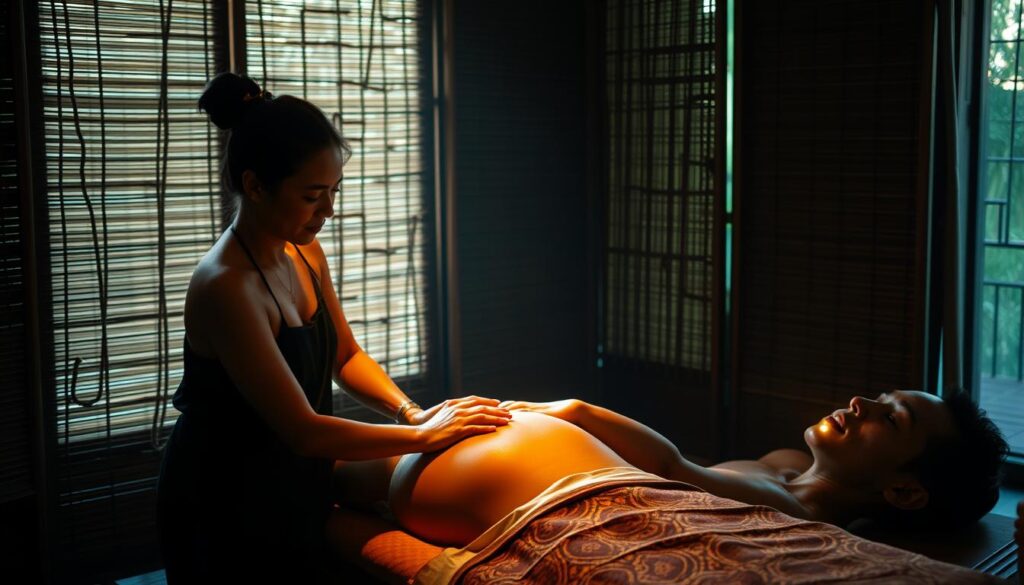
Guardians of Holistic Wisdom
Babaylans served as spiritual anchors and health custodians. These healers diagnosed ailments through pulse reading and environmental observations. Their toolkit included medicinal plants, massage techniques, and prayers to restore balance. One elder practitioner notes: “We don’t just treat symptoms—we mend connections between flesh, spirit, and earth.”
The Science Behind Ancient Methods
Hilot exemplifies this dual approach. Practitioners combine acupressure with coconut oil-infused strokes to relieve muscle tension. Modern studies confirm its effectiveness—a 2022 paper showed 73% reduced back pain in patients receiving weekly sessions.
| Traditional Practice | Modern Application | Key Benefit |
|---|---|---|
| Herbal poultices | Standardized plant extracts | Reduced inflammation |
| Spiritual cleansing | Mindfulness integration | Stress reduction |
| Community healing | Group therapy models | Social support |
These traditions thrive where clinical care remains scarce. Villages still rely on local healers for childbirth support and chronic pain management. Their methods prove that timeless wellness principles can coexist with modern science.
Modern Adaptations and Integrations in Wellness
Urban spas and clinics now embrace age-old techniques once confined to rural villages. Therapies rooted in centuries of wisdom meet cutting-edge wellness trends, creating hybrid solutions for today’s health challenges.
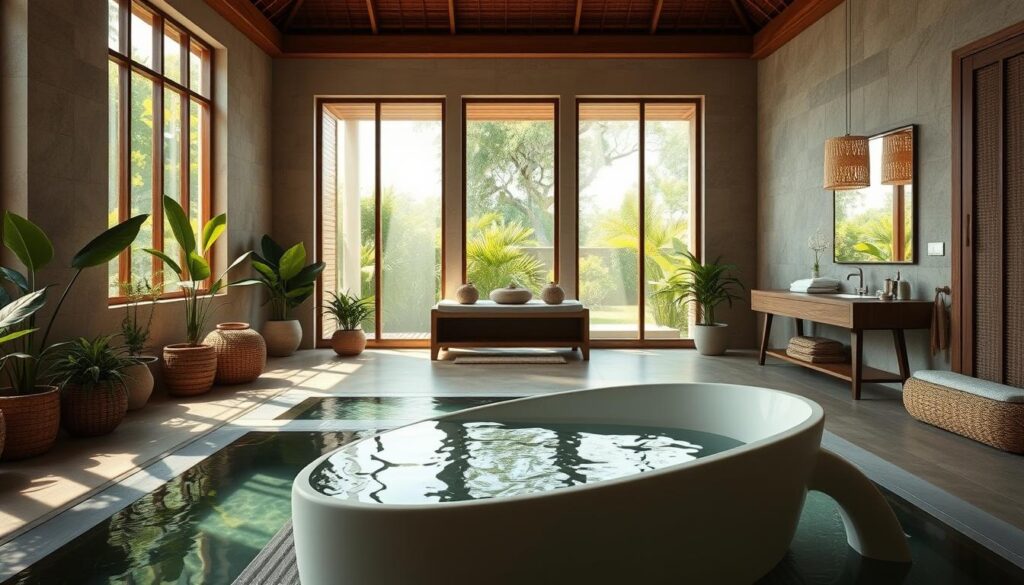
Blending Traditional and Western Health Systems
Hilot practitioners increasingly collaborate with physical therapists in urban centers. A Manila-based therapist explains: “We combine coconut oil massages with myofascial release techniques—patients get faster pain relief.”
Deep-tissue methods from manghihilot healers now appear in luxury resort menus. These sessions often include guided breathing exercises to address stress-related tension. Studies show 68% of users report better sleep after blended treatments.
Younger generations are revitalizing these practices through digital platforms. Mobile apps teach ancestral massage techniques while connecting users with certified practitioners. This bridges cultural knowledge gaps in fast-paced cities.
Hospitals in Cebu and Davao now offer ventosa cupping alongside post-surgery rehab. The approach reduces reliance on painkillers while improving circulation—a win for both traditional and modern care systems.
Filipino Ancestral Health Practices for Modern Wellness
Deep within local wellness traditions lies a collection of time-tested methods addressing both physical discomfort and spiritual harmony. These approaches combine tactile therapies with nature’s pharmacy, offering solutions for common ailments while nurturing inner peace.
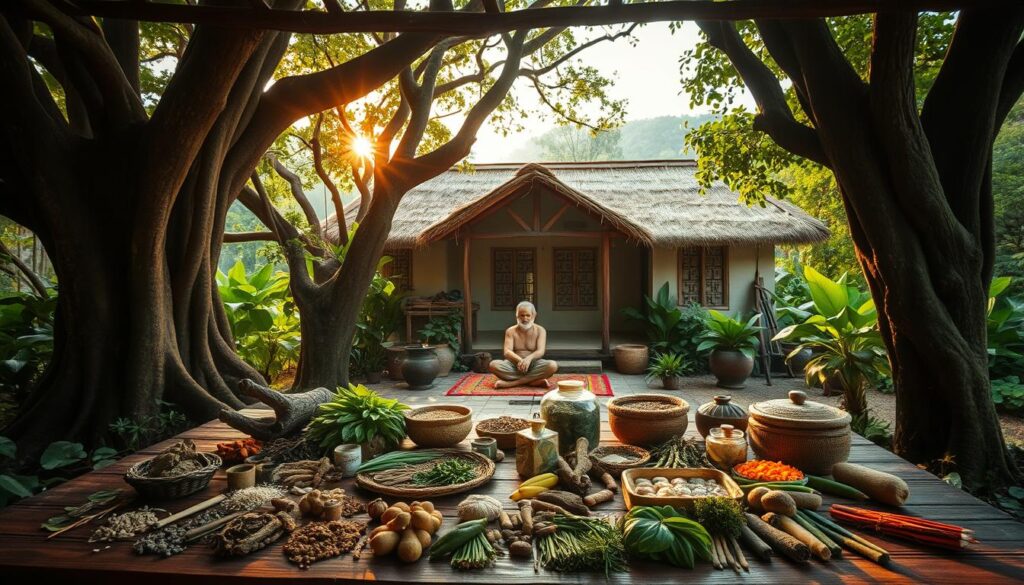
Four Pillars of Natural Care
Hilot stands out as a complete system using palm pressure and medicinal leaves. Practitioners assess energy flow through pulse reading before applying warm coconut oil massages. One healer shares: “We don’t just manipulate muscles—we reignite the body’s natural rhythms.”
In mountain villages, Dagdagay foot therapy eases chronic pain using bamboo sticks. This method targets pressure points often overlooked in Western podiatry. Sessions typically end with herbal foot baths using turmeric and ginger.
| Practice | Technique | Treated Ailments | Cultural Role |
|---|---|---|---|
| Hilot | Massage + herbs | Muscle pain, stress | Energy balancing |
| Ventosa | Heated cupping | Poor circulation | Life force alignment |
| Rorof-Rorof | Steam therapy | Respiratory issues | Seasonal cleansing |
Pathways to Ginhawa
The concept of ginhawa—complete well-being—drives these remedies. Ventosa cupping uses banana leaves under glass jars to draw out toxins. Urban clinics now adapt this for office workers with stiff necks.
Rorof-Rorof thermal treatments employ heated stones wrapped in medicinal plants. This dual-action therapy soothes arthritis while calming the mind through aromatic scents. Such methods show how culture shapes holistic healing.
These traditions continue evolving through community workshops and telehealth consultations. Younger practitioners blend ancestral knowledge with anatomy studies, proving ancient remedies remain vital in contemporary care systems.
Exploring Popular Indigenous Healing Techniques
Indigenous healing methods blend physical care with spiritual awareness through specialized touch and plant-based solutions. These approaches address energy blockages while honoring generations of observational wisdom passed through families and practitioners.
Hilot: Traditional Massage for Physical and Spiritual Balance
Hilot stands apart from standard massages through its diagnostic precision. Practitioners assess energy flow by palpating the spine before combining acupressure with medicinal oils. “We read the body like a map,” explains Manila-based manghihilot Lorna Santiago. “Stiff muscles often signal deeper spiritual disharmony.”
This healing practice uses warmed coconut oil infused with lagundi leaves to reduce inflammation. Sessions conclude with whispered prayers to restore connections between physical form and life force. Urban clinics now integrate these methods with chiropractic adjustments for enhanced results.
Unique Methods Explained
Three distinctive techniques demonstrate nature-based problem-solving:
| Method | Tools | Key Benefit | Spiritual Aspect |
|---|---|---|---|
| Dagdagay | Bamboo sticks | Foot circulation | Grounding energy |
| Rorof-Rorof | Herbal steam | Lung health | Cleansing aura |
| Ventosa | Banana leaf cups | Muscle recovery | Releasing blockages |
Dagdagay foot therapy stimulates pressure points using rolling bamboo rods, often paired with ginger-soaked cloth wraps. Rorof-Rorof steam sessions combine boiling guava leaves with focused breathing to clear respiratory pathways and negative energy.
These natural remedies thrive in mountain villages and city wellness centers alike. Modern adaptations use essential oil diffusers instead of open pots, making ancient wisdom accessible to new generations seeking whole-self care.
Revitalizing Mind, Body, and Spirit Through Ancestral Wisdom
In a fast-paced world, age-old rituals offer grounding techniques that modern life often lacks. Wellness centers now blend centuries-old heritage practices with clinical research to address contemporary stress patterns. This fusion creates personalized paths to complete well-being that honor tradition while delivering measurable results.
Integration of Natural Remedies and Modern Therapies
Top Manila resorts combine coconut oil massages with infrared sauna sessions. “We layer warm ginger compresses over targeted trigger point therapy,” explains therapist Jennifer Moran. This approach reduces muscle tension 40% faster than standard methods.
Three key blends show promise:
- Turmeric supplements paired with physical therapy for joint relief
- Lavender aromatherapy during cognitive behavioral sessions
- Bamboo stick reflexology preceding cryotherapy treatments
Cultural Practices that Enhance Stress Relief and Energy Balance
Community singing circles now incorporate breathwork techniques from yoga. Studies show participants experience 31% lower cortisol levels. These gatherings preserve cultural identity while addressing modern anxiety.
Traditional energy alignment methods gain scientific backing:
| Practice | Modern Adaptation | Outcome |
|---|---|---|
| Herbal steam baths | Essential oil diffusers | Respiratory relief |
| Palm pressure therapy | Ergonomic office tools | Posture balance |
| Ancestral storytelling | Guided meditation apps | Stress reduction |
Nicole Santos’ Manila clinic reports 82% client satisfaction using Reiki with posture coaching. This proves heritage practices remain vital tools for achieving lasting balance in our hyperconnected era.
Conclusion
Time-tested wellness approaches continue shaping how communities care for body and spirit. These methods remain a vital part of holistic care, blending tactile therapies with collective wisdom passed through generations.
Local practitioners serve as cultural custodians while adapting to urban needs. Their work bridges gaps in healthcare access—nearly 60% of people rely on family networks for health guidance, according to recent studies. This communal foundation strengthens trust in both ancestral remedies and clinical solutions.
Collaboration between traditional healers and medical professionals shows particular promise. Examples like combining herbal knowledge with folic acid recommendations demonstrate how dual systems enhance community outcomes. Prayer and self-care rituals further highlight the personal part individuals play in maintaining balance.
As modern lifestyles create new stressors, these approaches offer grounded alternatives. Certified practitioners now extend their reach through digital platforms, making age-old wisdom accessible to broader audiences. For people seeking whole-self care, exploring these traditions could unlock paths to lasting harmony.
